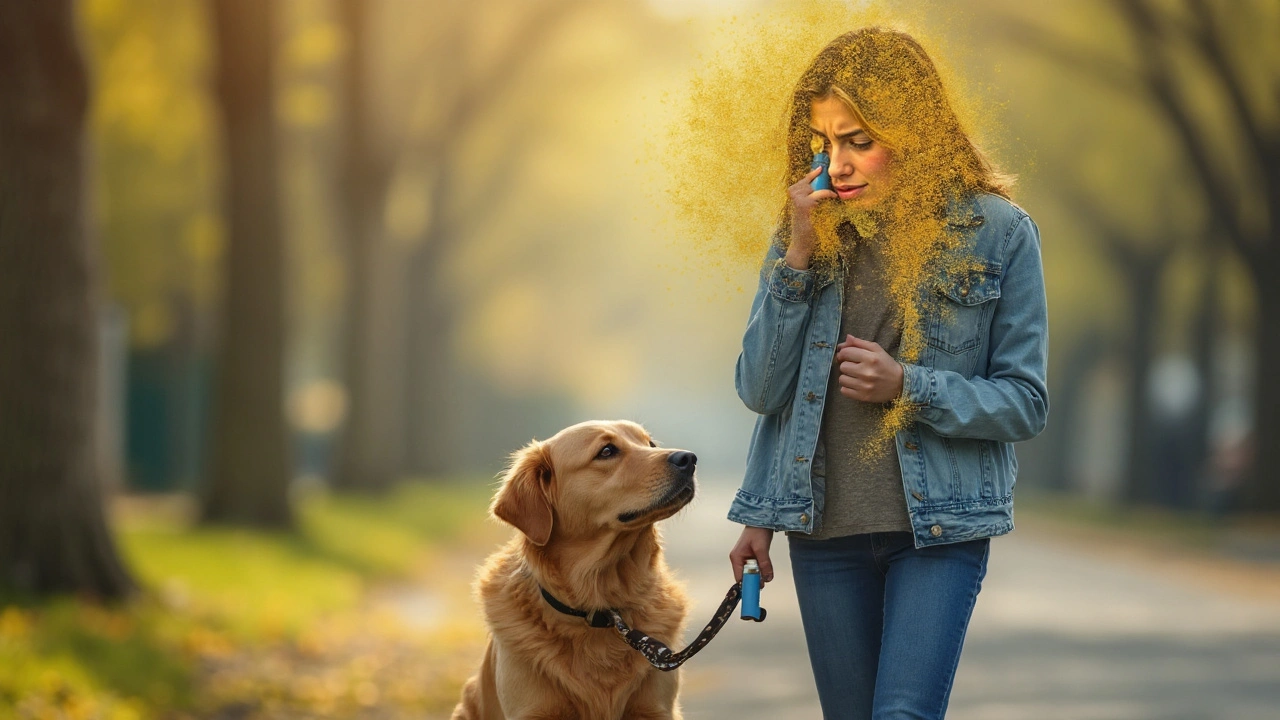Allergic Rhinoconjunctivitis: What It Is and How to Manage It
If you’ve ever had a runny nose plus itchy, watery eyes at the same time, you’ve probably experienced allergic rhinoconjunctivitis. It’s the medical way of saying “nose and eye allergy.” The condition pops up when your immune system overreacts to something harmless—like pollen, dust mites, or pet dander. The result? Sneezing, congestion, itchy eyes, and that scratchy feeling that makes you want to rub your face nonstop.
Common Symptoms and Triggers
Typical signs show up in both the nose and the eyes. You might notice clear, thin nasal discharge, frequent sneezing, and a stuffy feeling that won’t go away. At the same time, your eyes can become red, watery, and itchy. Some people also get a sore throat or a mild cough because the mucus drips down the back of the throat.
The biggest culprits are seasonal pollens from trees, grasses, and weeds. But indoor allergens are just as sneaky—think dust mites hiding in bedding, mold spores in damp corners, or pet dander floating around the house. If you notice symptoms worsening when you’re outdoors in spring or when you’re in a room with a cat, you’ve likely pinpointed the trigger.
Treatment Options and Lifestyle Tips
First off, avoid or limit exposure to what sets off your reaction. Simple steps like using allergen‑proof pillow covers, washing bedding weekly in hot water, and keeping windows closed on high‑pollen days can make a big difference. A dehumidifier helps keep mold at bay, and regular vacuuming with a HEPA filter reduces dust mite load.
When avoidance isn’t enough, over‑the‑counter (OTC) antihistamines are a go‑to. Look for non‑sedating options like cetirizine or loratadine—they calm the itch without making you drowsy. If a runny nose is your main problem, a nasal spray containing oxymetazoline works fast, but don’t use it for more than a few days to avoid rebound congestion.
For longer‑term control, many doctors recommend daily nasal corticosteroid sprays such as fluticasone or mometasone. These reduce inflammation in the nasal passages and keep symptoms in check even during peak pollen season. Eye drops with antihistamines or mast‑cell stabilizers can also bring quick relief to itchy, red eyes.
If OTC meds don’t give you enough relief, prescription options like leukotriene receptor antagonists (e.g., montelukast) or stronger antihistamines may be worth discussing with your pharmacist or doctor. Immunotherapy—either allergy shots or sublingual tablets—can change the way your immune system reacts over time, but it requires a commitment of several years.
Don’t forget simple lifestyle tricks: rinse your nasal passages with a saline spray or neti pot to flush out allergens, wear sunglasses outdoors to protect eyes from pollen, and shower after spending time outside to wash away any lingering particles.
If symptoms keep you up at night, affect daily activities, or cause persistent eye irritation, it’s time to see a healthcare professional. They can confirm the diagnosis, rule out other conditions, and tailor a treatment plan that fits your lifestyle and budget.
Allergic rhinoconjunctivitis is annoying, but with the right mix of avoidance, OTC relief, and professional guidance, you can keep it under control and get back to enjoying clear air and comfortable eyes.
Allergic Conjunctivitis and Asthma: The One-Airway Link and How to Take Control
Itchy eyes and wheeze are often the same allergy story. See how eye allergies and asthma connect, what raises risk, and a simple plan to prevent flare-ups.
